#Komi Republic
Text
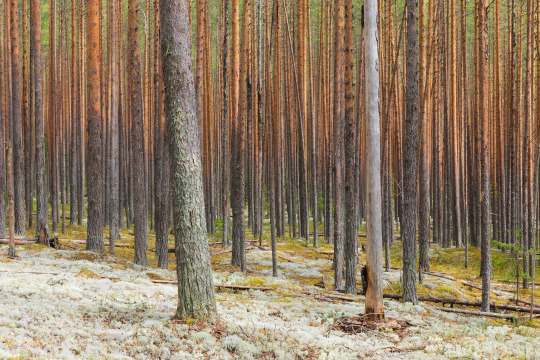

by Ivan Chalanov
554 notes
·
View notes
Text

Vorkuta, Komi Republic
Ph: Olga Baranova
57 notes
·
View notes
Text

14 notes
·
View notes
Text
Traditionalism vs. Assimilation Among Indigenous Peoples of Siberia.

As is the case for many indigenous groups around the world, native peoples of Siberia struggle to fit into the modern global village while retaining their ethnic identity and cultural distinctiveness. Since the end of World War II, the indigenous peoples of Siberia have had a special legal status which allows for certain “affirmative action”-like quotas and benefits. However, the main aim of these policies was to integrate ethnic minorities into the all-Soviet people and to inculcate the “new Soviet man” mentality. Compulsory boarding schools, where children from different ethnic groups were brought together from the age of seven in a collectivist environment, often served as the hotbed of such Sovietization. The effect on native culture was disastrous. But, as James Forsyth in his A History of the Peoples of Siberia points out, “Russification began even before this, in kindergartens, where most nurses and teachers were Russian speakers. Even where some of them were natives, however, there were cases when children or the nurses themselves were reprimanded for using their native language” (here the parallels with Native North American languages are obvious). In the Soviet Union, it was believed that minority languages and cultures would die out under communism, and that “nationalism can only be bourgeois”. Since the fall of the Soviet Union, a number of new laws have been adopted whose goal is to preserve ethnic distinctiveness of indigenous peoples. But can the tables be turned?
#Adygea#Altai Republic#Bashkiria#Buryatia#Chechnya#Chuvashia#Dagestan#Ingueshtia#Kabardino-Balkaria#Kalmkia#Karachay-Cherkessia#Karelia#Khakassia#Komi Republic#Mari El#Mordovia#North Ossetia-Alania#Sakha Republic#Tatarstan#Tuva#Semi -autonomous regions#ethnic languages#Udmurtia#indigenous groups#russian language
5 notes
·
View notes
Text
Nikita Tushkanov: "I Will Not Change My Stance"
Nikita Tushkanov (above left), in the cage at his trial. Photo courtesy of RFE/RL
Nikita Tushkanov, 29, a history teacher from the town of Mikun in the Komi Republic, has been sentenced to five and a half years in a medium-security penal colony on charges of “repeatedly discrediting” [the Russian army] and “condoning terrorism” over posts and comments he made on the VKontakte social network. It…
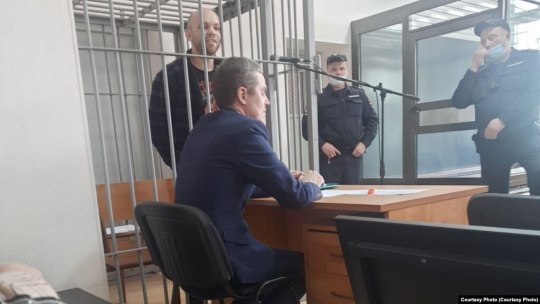
View On WordPress
#"condoning terrorism"#closing statement#discrediting the Russian Armed Forces#Komi Republic#Nikita Tushkanov#Russian anti-war protesters#Russian Criminal Code#Russian Federal Criminal Code Article 205.2#Russian Federal Criminal Code Article 280.3#Russian invasion of Ukraine#Russian political prisoners
0 notes
Text
Город Микунь | Mikun City
Железнодорожный вокзал и река Вымь. | Railway station and the Vym River.




#пейзаж@gorod_v_kadre#фото@gorod_v_kadre#Россия#Russia#Республика Коми#Komi Republic#город#city#Микунь#Mikun#railway station#station#river#река#Вымь#Vym#мост#bridge#скамья желаний#the bench of desires
1 note
·
View note
Note
Love your siberian OCs! Have you already made/have considered making Finno-Ugric (Sami, Komi, Karelia, Mordovia) or Samoyedic (Nenets, Enets, Selkup) OCs?
I've drawn Sami here before (I like her design but I think I would probably tweak it a bit next time I draw her 🤔) But I do have Nenets and Komi in the works! Slowly working towards a continuation of my Siberian Squad post with even more minority nation-tans, and this is a sketch page of concepts for Nenets and Komi!

#Ive gotten an ask about komi before but i didn't really like my first attempt bahaha#and i do wanna work on the selkups one day to give ket his friend...#historically inaccurate hair is historically inaccurate#hws nenetsia#hws komi republic#i still need to draw a detailed drawing of komis features...#hetalia#ask#anonymous#aph komi republic#hetalia ocs
88 notes
·
View notes
Text
I wish the majority of the Uralic republics weren’t in Russia. 🫤
#I wanna visit Udmurtia Mari El and the Komi Republic so bad. plus Karelia and the Khanty Mansi Okrug.#Russian colonialism really screwed us all over.
21 notes
·
View notes
Text
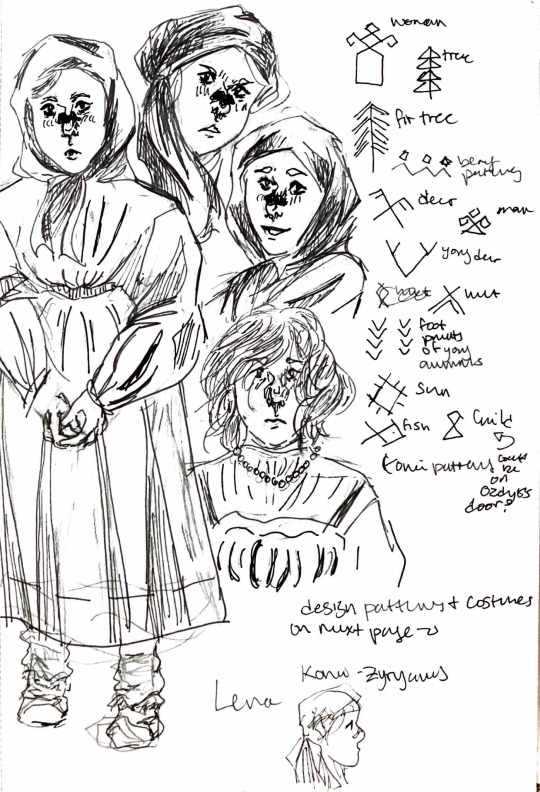



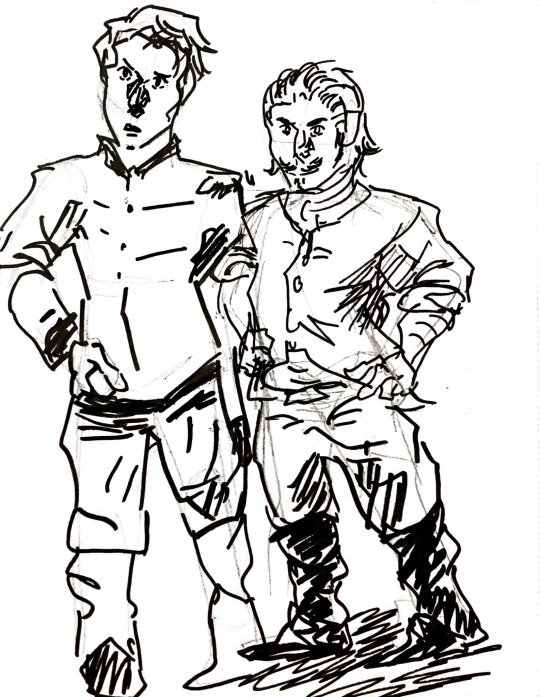
Some character design things I’m starting on. Patterns come from actual photos of Komi dresses and women from the of yarn and cloth post collection.
#character design#my oc sketch#sketch#oc#dawn and twilight#komi russia#swan lake#I couldnt find any photos from the actual national Komi republic museum#which really sucked ass#but I’m thankful that some of the photos from that website are from there#historical fantasy
1 note
·
View note
Text




Ice covered abandoned buildings in Severny region in Komi Republic, Russia, where temperatures can be as low as minus 50C (122°F)
2K notes
·
View notes
Photo
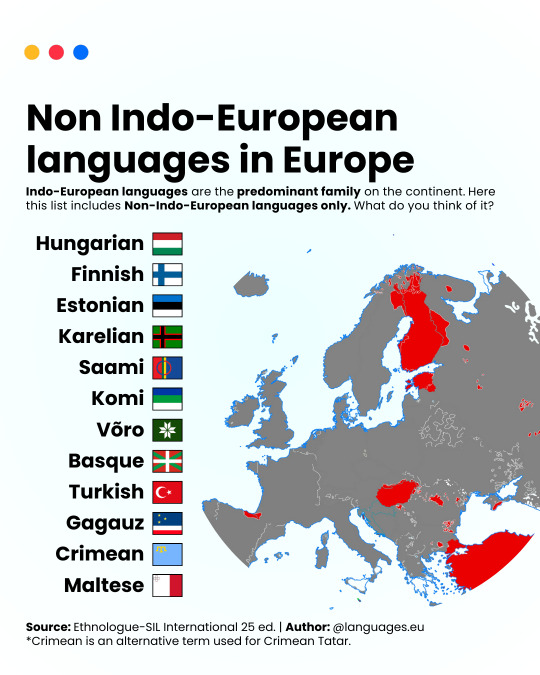
Non Indo-European languages in Europe
Of the approximately 45 million Europeans speaking non-Indo-European languages, most speak languages within either the Uralic or Turkic families. Still smaller groups — such as Basque (language isolate), Semitic languages (Maltese, c. 0.5 million), and various languages of the Caucasus — account for less than 1% of the European population among them. Komi Republic is not located necessarily in Europe, the language is spoken in Nurmansk as well. Therefore, it appears in the list! This list mostly highlights the majority languages. Most of other Non-Indo-European languages are extinct or almost extinct in Europe.
by languages.eu
458 notes
·
View notes
Photo


Vintage postcards of RSFSR’s autonomous regions. Each postcard has the emblem, flag and traditional pattern of a republic. Published in 1967.
The following are available (in the order they’re pictured above):
Mari-El - Udmurtia
Daghestan - Mordovia
Kabardino-Balkaria - Komi
North Ossetia - Bashkiria
Price $5/ea + $5 shipping
Message me!
How to buy. Other items in my shop. I combine shipping if you buy more than one item.
184 notes
·
View notes
Text
Memorials to victims of Stalinist repression in Russia are disappearing or being vandalised amid increasing attempts to rehabilitate the Soviet dictator.
For the past nine years, more than 700 plaques have been put up in Russia and elsewhere, commemorating the final residences of people who died in Stalin's purges in the 1930s.
Since May, however, dozens have disappeared in several Russian cities, according to Oksana Matievskaya, who is part of the plaque project Posledniy Adres (last address).
Police are not investigating the issue and Ms Matievskaya believes this is no coincidence.
"The memory of the Soviet terror challenges the concept of the state always being right and is, therefore, inconvenient for the Russian authorities. Especially following the invasion of Ukraine," she said.
Millions of people described as "enemies of the people" were sent to Soviet labour camps, known as the Gulag, and 750,000 were summarily murdered during Stalin's Great Terror in the 1930s.
Other memorials are also being targeted.
At least 18 monuments to victims of repression as well as foreign soldiers who fought in World War Two have been reported stolen or vandalised since February 2022. Most are dedicated to Polish nationals.
In October, a brick memorial to a prominent Polish priest was torn down and destroyed in the city of Vladimir.
A concrete cross erected in Komi republic, in memory of Polish prisoners, was also found demolished. Police attributed its destruction to bad weather and declined to initiate criminal proceedings, local media said.
Soviet authorities executed hundreds of thousands of Poles after 1939. In 1940, 1.7 million were deported to Gulag camps in Siberia and Kazakhstan.
Alexandra Polivanova of civil rights group Memorial believes the damage was ordered or carried out by authorities because Moscow wants the Soviet Union to be perceived as a powerhouse rather than an oppressive state.
She suggests the government doesn't want Russians to know the truth about their tragic past, especially now that Russian soldiers have been accused of war crimes in Ukraine.
"The authorities try to erase the memory of the crimes of that empire to cover up or justify the crimes of this one."
This is taking place alongside a resurgence in Stalin's popularity.
In July, a survey by independent pollster the Levada Centre suggested that 63% of Russians had a favourable attitude towards the Soviet leader - his highest approval rating in 13 years.
The explanation behind his rising popularity is not certain but Russian propaganda justifying the war with Ukraine has also glorified its Soviet past.
And unlike memorials to his victims, those to Stalin have increased in number.
An investigative channel on social media site Telegram called "We can explain" says there are 110 Stalin statues in Russia - 95 erected during President Vladimir Putin's rule and at least four during the full-scale invasion of Ukraine.
Some Russians want even more. In August the private Russkiy Vityaz (Russian Knight) Foundation inaugurated an 8m-high statue of Stalin in the town of Velikiye Luki, and is collecting money for more.
Its website argues these monuments are crucial given that Russia is fighting "a real Patriotic war". The "Great Patriotic War" is how Russians describe the 1941-1945 war between the USSR and Nazi Germany. The Kremlin regularly compares Russia's invasion of Ukraine to World War Two.
Russkiy Vityaz, which is said to have been founded by the Russian Special Forces Veterans Association, has declined to comment on the reasons for its campaign.
52 notes
·
View notes
Text

Syktyvkar, Komi Republic | Ph: slobodchikova_sv
19 notes
·
View notes
Text
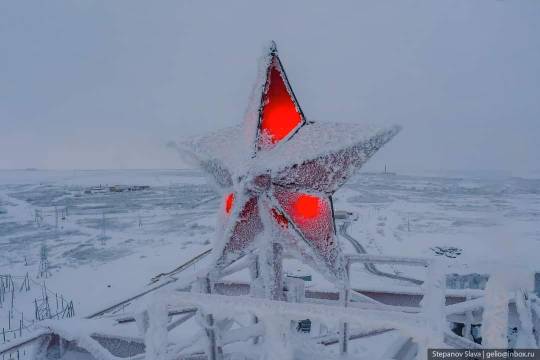


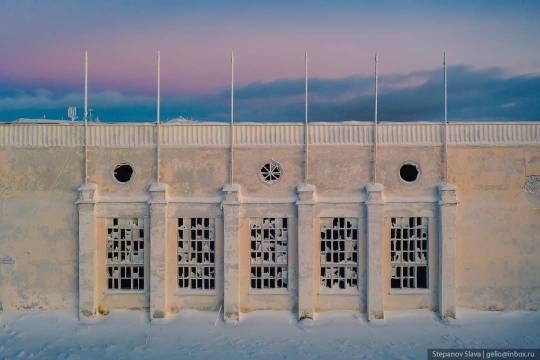
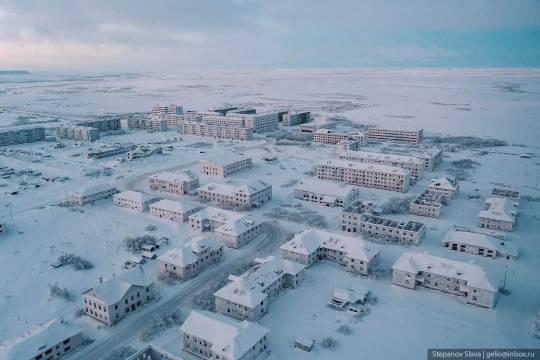

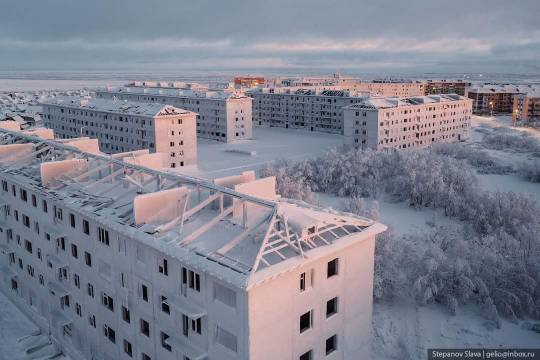
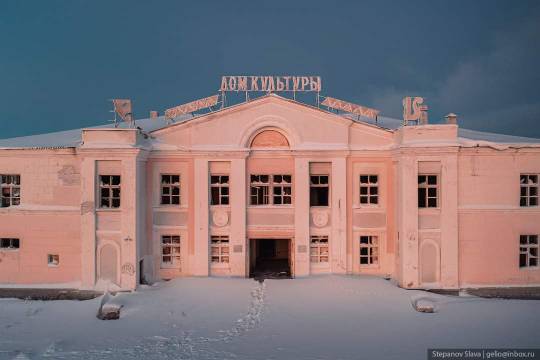


Abandoned settlement near Vorkuta, Komi Republic, Russia.
94 notes
·
View notes
